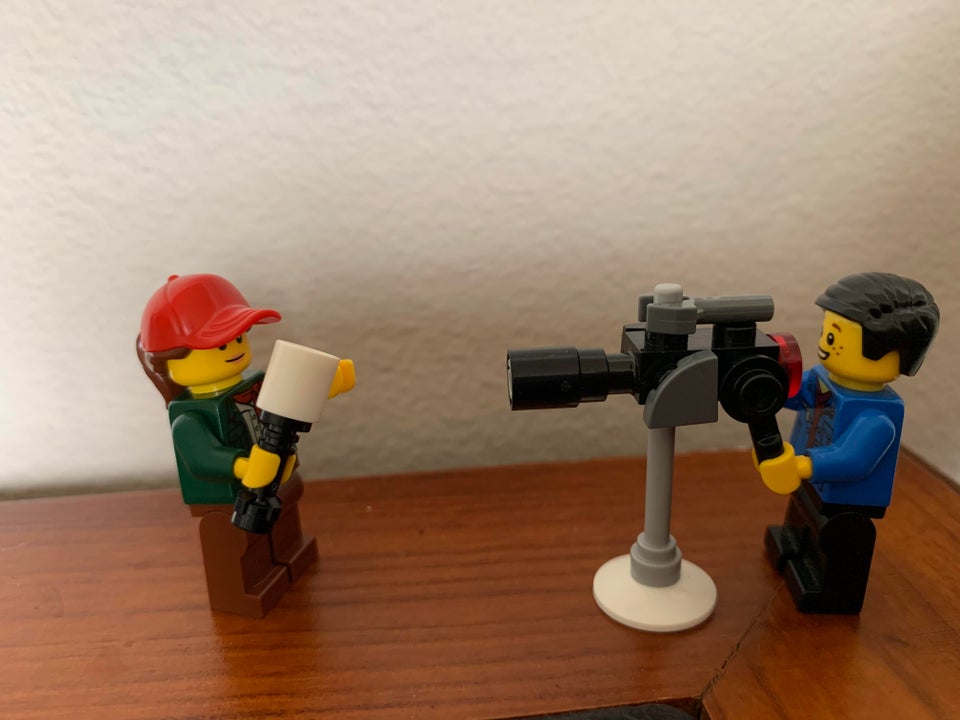Here are Ten Mistakes Beginner Filmmakers Often Make

Here at Beast production company London we’re all experienced filmmakers. We have worked on hundreds of video productions in the UK and abroad over the past 25 years and seen a lot but we’ve also made mistakes especially when we were starting off. We thought we would help the next generation of filmmakers by going through the ten mistakes beginner filmmakers make and how to prevent them.
What FPS Do I Use?
First on our list is by far the most frequent mistake that we see everybody make when they’re starting out is filming in 30 frames per second. Or even worse, 50 or 60 frames per second. We’ve done it ourselves. You think well the more frame rates the better, right? Wrong, you want to stick to 24 frames per second. This is the most cinematic look there is. A lot of people don’t even realize that there’s a difference in the look between 24 frames per second, 30, 50, and 60. When we’re talking about the quality of the image, when you’re trying to make something really cinematic, stick to 24 frames per second.
Control Your Camera!
Number two, people buy DSLRs and then they just set it in auto, and that’s it. That is a massive mistake that video production beginners make. Not only does it make you a more mediocre filmmaker because you don’t actually know how to control your camera. But you’re also giving away many creative choices to this little robot of a brain in your camera. That doesn’t carry out the best job. You’re giving away a lot of your creative choices. Especially the F stop, that is probably the most creative choice that you can consider while you’re filming, what F stop you’re going to film at. So don’t film in auto, learn how to use manual controls.
What ISO?
Third on our list is using way too high of an ISO when you actually don’t need to. We see this all the time with people who are learning filmmaking, and people are like why doesn’t my footage look as good as this other person’s footage from the same camera and it’s just because you’re using a really high ISO when you actually don’t need to. The only time you boost your ISO is if there’s not enough light. There’s in fact a base ISO, which is the best ISO for that camera, it’s varied for every camera. This is the ISO that your camera is going to perform best at, the dynamic range, the amount of noise. All that is going to be the best so make sure you stick to the base ISO.
Don’t Overexpose!
Number four, this one’s extremely common with beginner filmmakers, is overexposing or underexposing, so you’re just making your image too bright or too dark. Your footage is not going to look good when you go to post and you start colour grading. It doesn’t look good if you’ve neglected detail in the highlights or lost detail in the shadows so yeah you’re going to be really struggling. Essentially just use a histogram or better yet, a waveform cause you can’t always trust your eyes just looking at the LCD screen. If everything is over the left side on your histogram, that means you’re underexposed, and if everything is over to the right on your histogram that means you’re overexposing. You want it kind of in the middle.
Do You Need To Colour Grade?
The fifth point on our list is that filmmakers don’t colour grade their footage. You’re missing out on a massive step. Especially if you’re filming in log, you have to colour grade. It’s just going to look bad if you don’t. It’s going to make you more unique, even if it’s just using a LUT or something and putting down no pass, just colour grade your footage.
Do You Need Lights?
Our next point is not using lights. We know when you are starting off in video production there are loads of things that you need to buy. Lights aren’t quite so high up on the list, you want to buy cameras and lenses and all that other stuff first, so that’s fair, but at least use natural light. There’s always some sort of light source around you that you can use whether it’s a window or just a light in your house. Just look around in your room or in your setting and find out what’s the brightest thing there, and then just use that. That’s your light, easy as that.
Do I Need A Microphone?
Number seven is bad audio, which is common in beginner filmmaker’s films, and we’re not talking about not using a microphone. We highly recommend investing in a microphone very early on, it’s going to do way more for your videos than something like a gimbal. But really what we’re talking about is the audio’s peaking or its way too low. Basically, where you want your audio is about -12 decibels. That’s where you kind of want the audio to be hitting. You don’t want to hit red, that’s bad, and then afterwards, you can tweak it in post. But -12, that’s kind of where you want your audio to hit while you’re recording.
Shaky Footage Or Smooth Footage?
Then we have the classic shaky footage, and this is something that we’ve all done while filmmaking. We pick up the camera, and we put it into video mode and we start filming and it’s just shaking everywhere. It doesn’t look good and don’t use the excuse of saying that you’re trying to make it look raw or something like that. There are a time and place for that but most likely, you weren’t using it for that purpose. Buy a monopod, a GorillaPod, a tripod, a gimbal, anything to stabilize your footage. It’s going to be way better than that jittery footage.
What Music Should I Use In A Film?
Our ninth point typically happens when you film some footage, and you go to edit it, and you just slap on a song and you just throw it in there. That is not enough. First of all, you don’t want to just choose a song that you liked which is really tempting in the beginning. Choose a song that fits your footage and then edit to that song. Don’t just edit and then just slap in a song. It’s going to be way more interesting. More compelling, and just overall better if you actually edit to the song.
Don’t Neglect Story!
The final and biggest mistake we all make as beginners filmmakers is neglecting story. We all hear it. Story is king, but when you’re a beginner filmmaker, you’re just so caught up in the camera, in the settings, in the light, everything else going on that you completely forget about the story. So plan out your story beforehand. The worst thing is coming home with just a bunch of nice or semi-nice looking footage but there’s no point to your video.
The most important advice we can offer if you really want to achieve a level of professional video production is to take your time. Plan out the story, and make sure there’s something to your video, more than just nice visuals.
So there you have it, that was what we think are the top ten mistakes that we as beginner filmmakers make. Again, we have all probably done every single one of these so don’t be discouraged. If you’ve done these, just learn from them, if you haven’t done these, you’re just starting out in filmmaking, pay attention, try not to make these mistakes.
